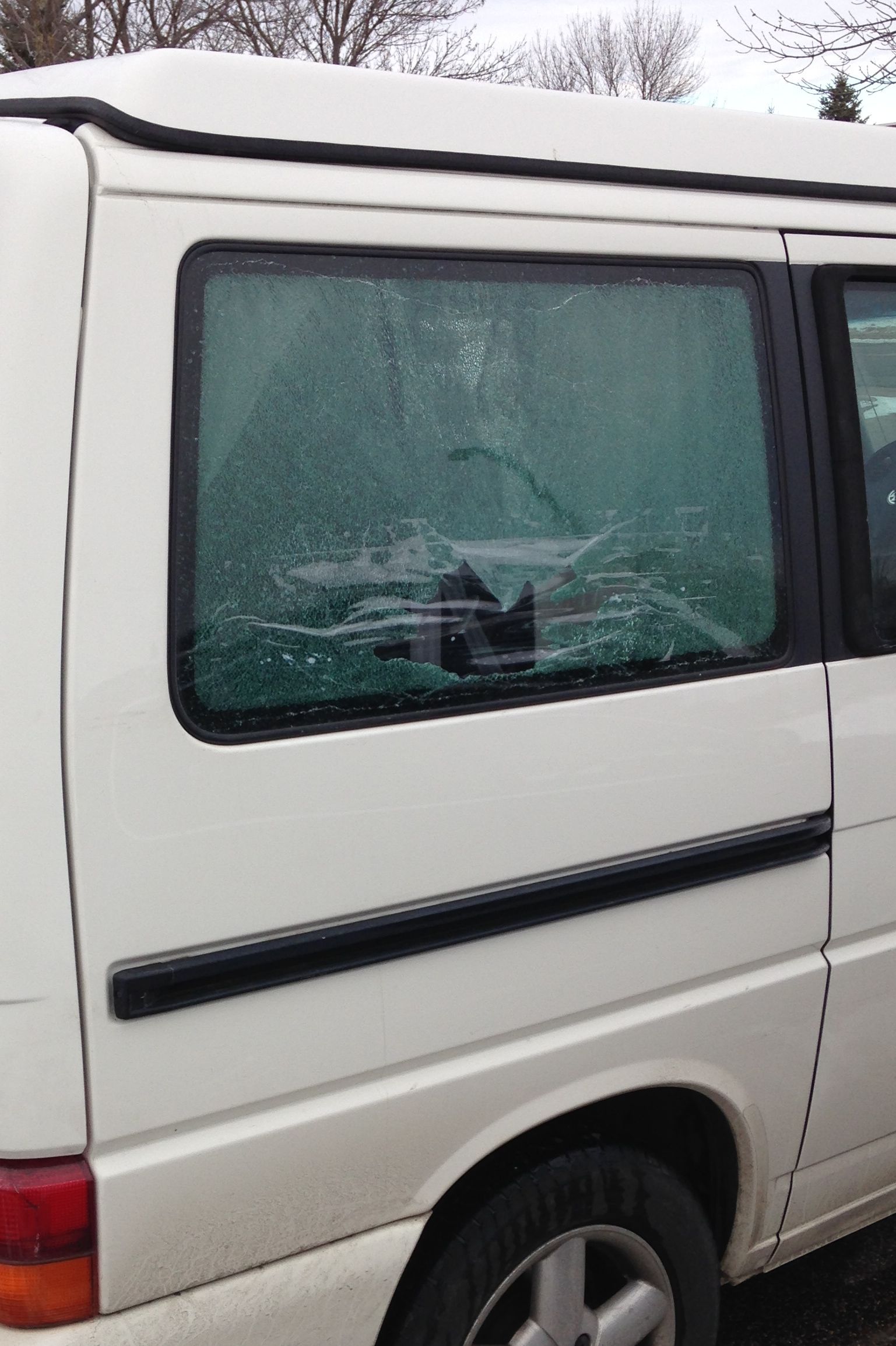This was a project beyond my skill level, but I was willing, even eager, to use it as an excuse to acquire some woodworking tools for my workshop. And I committed to the materials by ordering hardwood maple treads and risers from an online supplier, Baird Brothers. I ordered the deepest treads available, 11-1/2”, at the width of the stairway, 36”. I was stunned by the shipping cost, but it was to transport 380 pounds!
I wondered if I had made some mistake. Could a set of stair steps weigh this much? I made an estimate of the volume involved, and sure enough, an equal amount of water would be even heavier. And maple wood is only a little lighter than water; it barely floats. As I discovered later, I actually had made a mistake; the weight should have been more.
While waiting for the wood to arrive, I set out to acquire the tools I would need. As all apprentice makers know, any project worth taking on requires at least one new tool. For this I would need a bandsaw and a router table, and the accessories to support them. I didn’t know exactly what I would need, but I was eager to find out.
One of my favorite shop tools is the bandsaw. It can do a broad range of tasks, including making the curved cuts my stair design would require. Plus it has the reputation of being a fairly safe tool. As my seventh grade shop teacher explained, by the time the saw penetrates any flesh, you instantly know it and react. This is not true for many other power tools such as table saws and jointers where the damage can be done before you know anything has happened.
A recent issue of a woodworking magazine had a review of bandsaws and I was able to study them and select a model that would meet my needs. I discovered that it was currently on sale! I called the local Rockler woodworking stores only to find that they were sold out and it would be weeks for the next ones to come in. One of the stores had a floor model that they were willing to sell me. There was no additional discount, but it would be fully assembled, presumably by someone experienced.
I made the purchase and went to take delivery. The heavy machine was carefully positioned onto its back in my van and I gingerly drove it home. I made it to within two blocks, where a tight left turn caused the payload to shift and tilt over on its side. This turned out to be of no consequence to the steel and cast iron saw, but the impact on the side window shattered it. One of the unexpected indirect expenses of a good project.
A router is an example of a dangerous power tool. I have no experience with them, only fear and respect. Yet this would be a critical tool needed to create notches and bullnose edges on the treads and risers in my design. To provide maximum control and safety, the router is mounted under a table with its high-speed cutting bit exposed and protruding through a central opening. The wood is passed across it with the help of guide fences and safety guards.
I borrowed a router from my son, who had borrowed it from his cousin, who had borrowed it from his grandfather. I decided I didn’t need to update my dad about the current whereabouts of his router.
I reviewed and priced router tables and selected one, along with the accessories I would need: a stand with casters, a router fence, safety switch, feather boards, dust collector system, and hearing protection. I also acquired accessories for the bandsaw: blades, miter gauge, wheel system and worklamp.
It was all an enjoyable experience to assemble and place new equipment in the new garage workshop. The weather was Minnesota-cold, and the garage unheated, but somehow a project like this generates its own warmth.


Pingback: Measure Twice | This Odd House